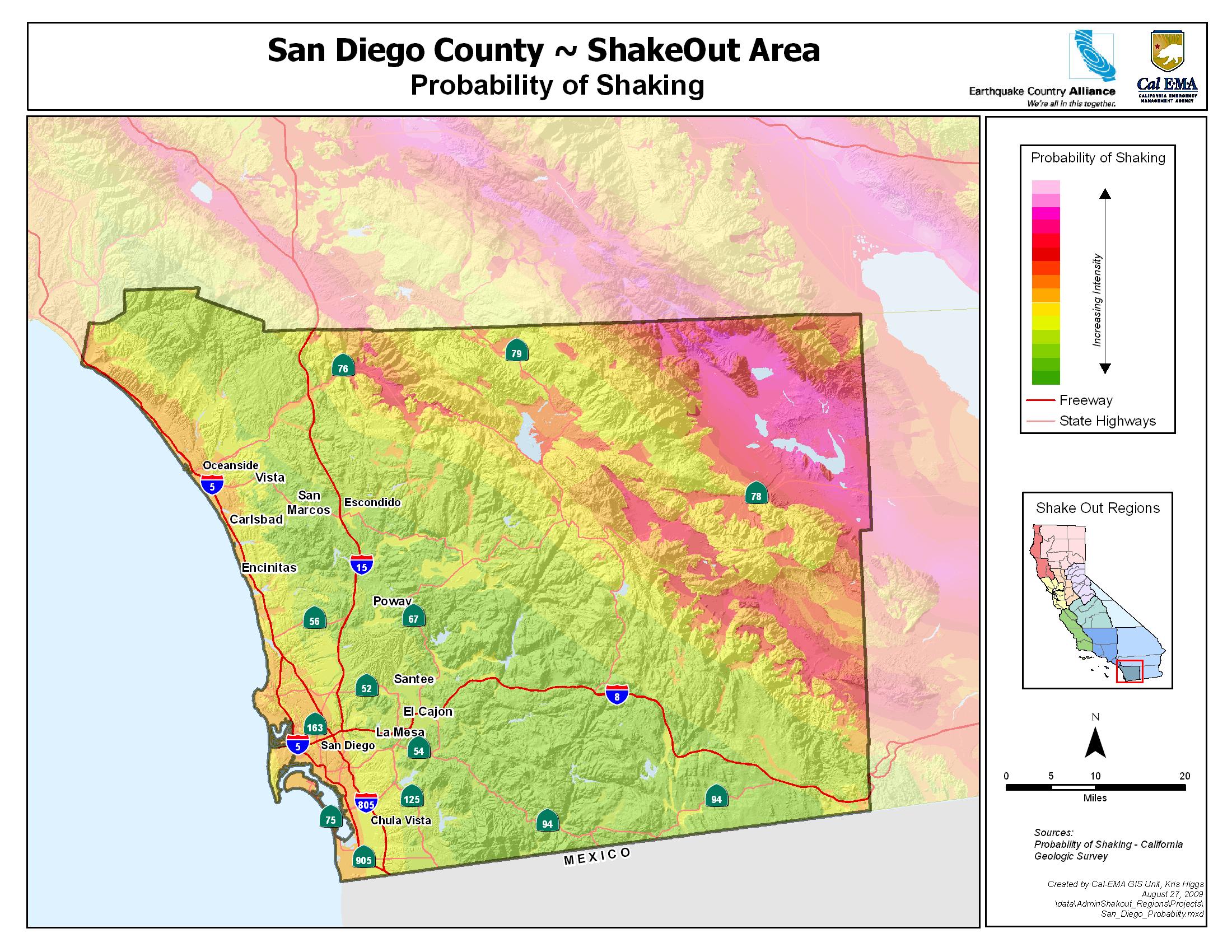Understanding the San Diego Earthquake
San Diego, often celebrated for its picturesque beaches and vibrant culture, is also a region vulnerable to natural disasters, particularly earthquakes. The San Andreas Fault and various other smaller faults run through Southern California, positioning San Diego within a seismically active zone. For residents and local businesses, understanding the risks associated with earthquakes and how to prepare for them is crucial.
In this comprehensive guide, we will explore what you need to know about earthquakes in San Diego, how they can impact your business operations, and the importance of having effective emergency response strategies in place.
Understanding Earthquake Risks in San Diego
According to research conducted by ShakeOut, San Diego faces several hazards related to seismic activity. The city has experienced notable earthquakes in the past, with events ranging from minor tremors to significant shakes that have caused damage and prompted evacuations. Understanding the history of earthquakes in San Diego is essential for both residents and business leaders to assess potential risks adequately.
The History of Earthquakes in San Diego
One of the most significant earthquakes recorded in San Diego is the 1986 Elmore Ranch earthquake, which had a magnitude of 5.9. This event demonstrated the potential for serious disruption and highlighted the need for preparedness among businesses and residents alike.
In addition to past events, it’s important to consider that the region is not only prone to earthquakes but also faces secondary hazards such as landslides and liquefaction, which can lead to further complications following a seismic event. The ShakeOut website provides detailed information about these risks and their implications.
Impact on Businesses
For business leaders in San Diego, understanding the risks associated with earthquakes is vital for safeguarding assets and ensuring operational continuity. An earthquake can disrupt communication networks, damage infrastructure, and cause injuries among employees. It’s crucial to have a solid emergency plan in place that encompasses evacuation routes, communication strategies, and provisions for employee safety.
Organizations should also consider conducting regular drills to prepare employees for a quick response in the event of an earthquake. Training should cover not only evacuation procedures but also first-aid practices and how to use emergency kits effectively.
Preparedness Strategies for Businesses
As part of your disaster preparedness strategy, businesses should employ several key practices:
- Risk Assessment: Evaluate your facility’s location and the potential hazards associated with earthquakes. This includes understanding structural vulnerabilities.
- Emergency Kits: Ensure that emergency kits are available and stocked with necessary supplies such as water, food, first aid supplies, flashlights, and battery-operated radios.
- Establish a Communication Plan: Create a system for notifying employees of emergencies and ensuring everyone knows who to contact.
- Regular Drills: Conduct periodic earthquake drills to ensure employees are familiar with evacuation routes and emergency procedures.
Utilizing Technology for Enhanced Preparedness
In today’s digital age, technology plays a pivotal role in enhancing earthquake preparedness. AI consulting can help businesses to analyze risk factors with greater precision and develop integrated systems that can quickly assess emergencies as they unfold.
n8n Workflows for Automation: By implementing n8n workflows, companies can automate various aspects of their disaster management procedures. For instance, companies can set automated alerts to notify key personnel in the event of seismic activity, ensuring a rapid response is initiated. Additionally, n8n allows businesses to gather and manage data regarding employee safety and resource allocation, which can be crucial during an emergency. This seamless integration can lighten the load for HR professionals and business leaders, enabling them to focus on critical decision-making.
The Importance of Community Preparedness
Beyond individual businesses, community preparedness is essential in mitigating the impact of earthquakes. Collaborating with local emergency response teams and participating in community drills can foster a culture of preparedness. San Diego has numerous resources and training programs aimed at equipping residents and businesses to be ready for an earthquake.
Furthermore, leveraging relationships with local agencies can provide businesses access to resources and support during a crisis. By working together, businesses and communities can create a resilient environment that significantly reduces vulnerability to disasters.
Conclusion
In summary, understanding the risks associated with earthquakes in San Diego is vital for both residents and business leaders. By investing in preparedness strategies, employing technology like AI and n8n workflows, and fostering community collaboration, the impacts of such disasters can be mitigated. San Diego is a beautiful place to live and work, and with the right strategies, we can ensure it remains safe and thriving, even in the face of natural disasters.
For more information, visit ShakeOut to learn more about earthquake hazards in the San Diego area.








